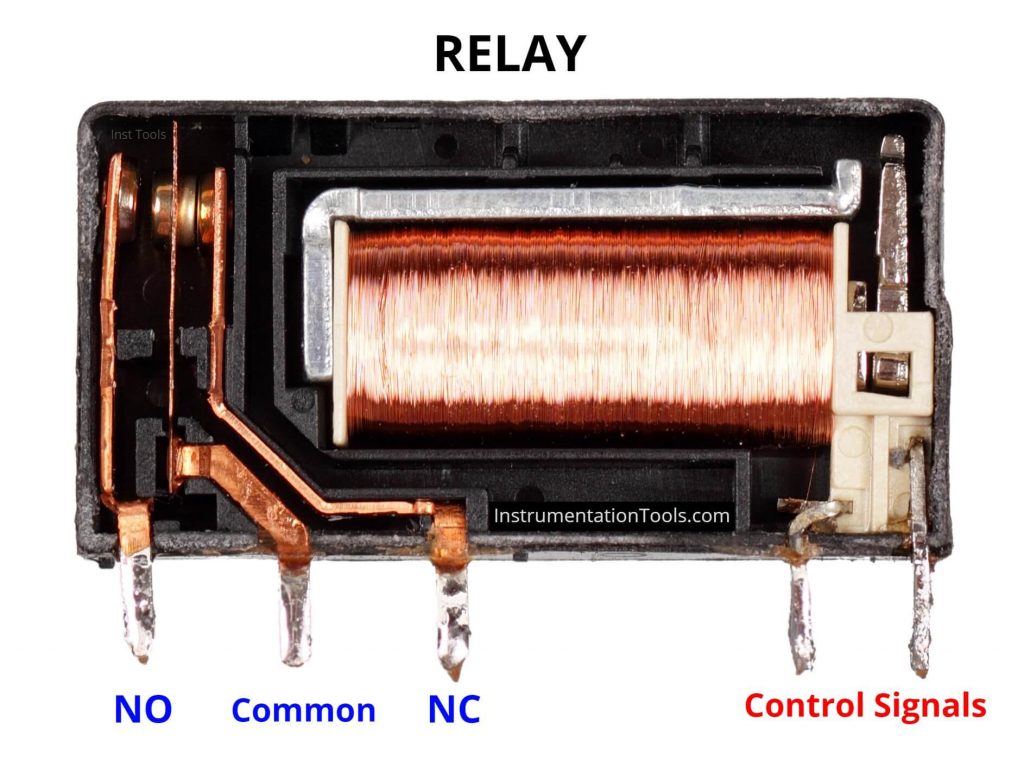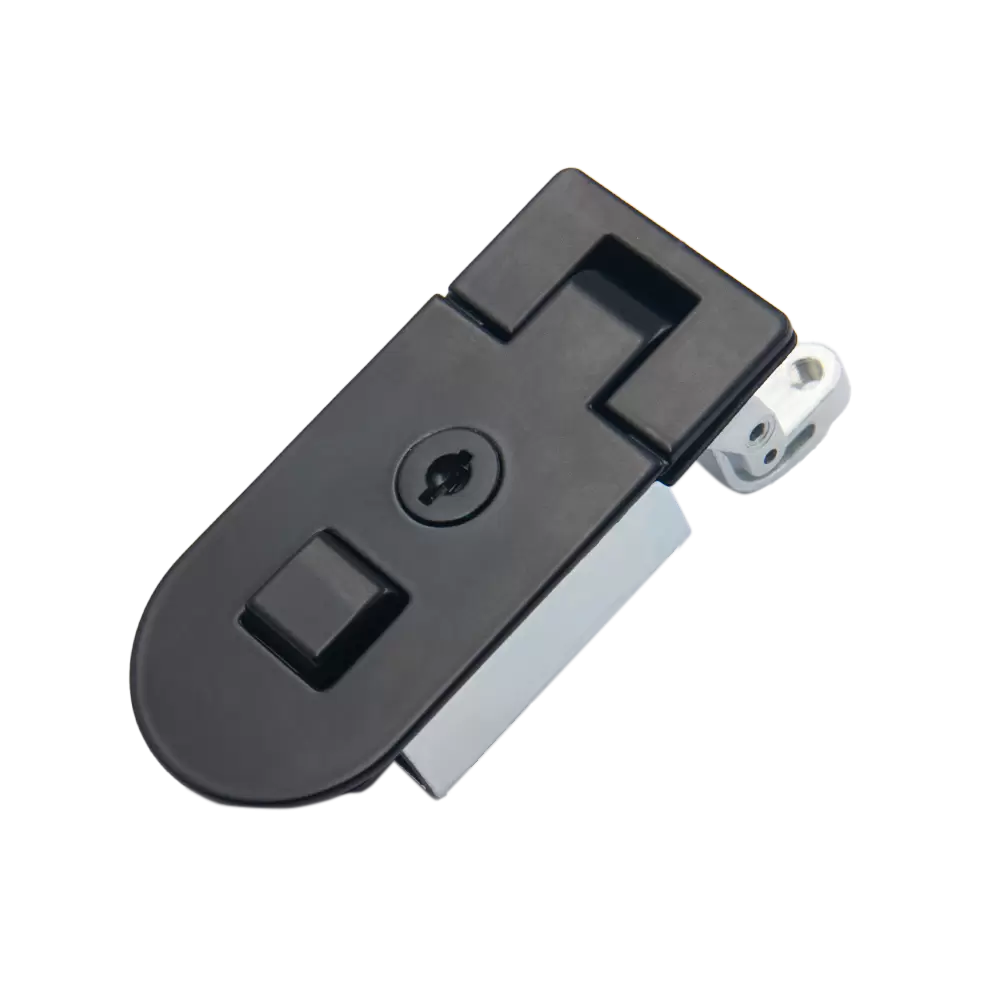
In the vast realm of electrical engineering, relay stands as a fundamental component that plays a pivotal role in controlling and switching electrical circuits. This article aims to delve into the intricate workings of relays, shedding light on their functionality, applications, and the underlying principles that make them indispensable in various industries.
- Understanding the Basics:
At its core, a relay is an electrically operated switch that utilizes an electromagnet to control the flow of current in a circuit. It consists of three primary components: the coil, the armature, and the contacts. The coil, typically made of copper wire, generates a magnetic field when an electric current passes through it. This magnetic field attracts the armature, a movable iron or steel component, causing it to pivot and make or break contact with the stationary contacts. - How Does a Relay Work?
When an electrical current is applied to the coil, it energizes the relay, creating a magnetic field. This magnetic field pulls the armature towards the contacts, closing the circuit and allowing current to flow. Conversely, when the current to the coil is interrupted, the magnetic field dissipates, causing the armature to return to its original position, thereby opening the circuit and stopping the flow of current. This mechanism enables relays to control the operation of larger electrical circuits using smaller control signals. - Types of Relays:
Relays come in various types, each tailored to specific applications. Some common types include:
- Electromechanical Relays: These traditional relays utilize mechanical components, such as springs and levers, to control the contacts. They are widely used in industrial automation, power systems, and telecommunications.
- Solid-State Relays (SSRs): Unlike electromechanical relays, SSRs employ semiconductor devices, such as thyristors or transistors, to switch the circuit. SSRs offer faster switching speeds, higher reliability, and noise-free operation, making them suitable for applications in robotics, medical equipment, and automotive systems.
- Reed Relays: These relays employ reed switches, which consist of two thin metal reeds enclosed in a glass tube filled with inert gas. Reed relays find applications in telecommunications, test equipment, and security systems due to their compact size and low power consumption.
- Applications of Relays:
Relays find extensive use in numerous industries, owing to their versatility and reliability. Some notable applications include:
- Industrial Automation: Relays are crucial in controlling motors, solenoids, and other electrical devices in manufacturing processes, ensuring precise and synchronized operations.
- Power Systems: Relays play a vital role in protecting power grids, detecting faults, and isolating faulty sections to prevent widespread outages and equipment damage.
- Automotive Industry: Relays are employed in automotive systems for controlling lights, motors, ignition systems, and various other electrical components.
- Telecommunications: Relays facilitate signal routing, switching, and amplification in telecommunication networks, ensuring seamless communication.
Conclusion:
Relays, with their ingenious design and functionality, have revolutionized the way electrical circuits are controlled. Their ability to handle high currents, isolate circuits, and provide reliable switching makes them indispensable in a wide range of industries. Understanding the inner workings of relays empowers engineers and technicians to harness their potential and design efficient and robust electrical systems.

